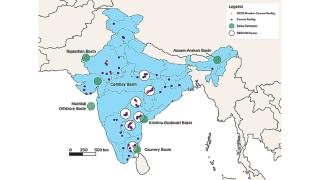The US is at the forefront of new legislation to limit mercury emissions and improve air pollutant monitoring. As a result, the cement industry faces a race against time to implement solutions and comply with regulations by September 2015. This article focusses on the challenges of mercury monitoring in cement plants, and emerging technologies that enable successful monitoring and reporting of mercury emissions. By Ravi Narayan, Cemtrex Inc, USA & Richard Hovan, Durag Inc, USA.
On 21 April 2009, the US Environmental Protection Agency (EPA) proposed to amend its national emissions standards for Portland cement manufacturing to reduce emissions of mercury, total hydrocarbons, hydrochloric acid and particulate matter from both new and existing cement kilns. According to an EPA factsheet, in 2005 there were 186 Portland cement kilns operating at more than 100 facilities in the USA. Today’s proposed rule would apply to 163 of those kilns. The remaining kilns are subject to a separate, different regulation as they burn hazardous waste. Kilns will have to comply with the new limits three years after the final rule is published in the Federal Register. This looming deadline is likely to occur in September 2015.
